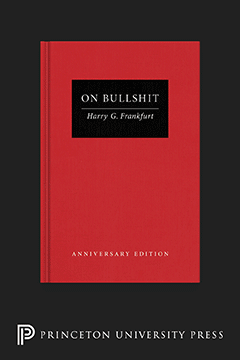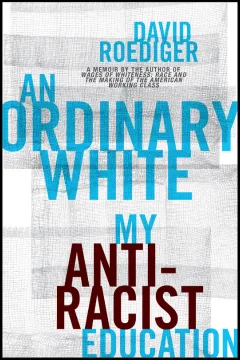Violence for Fun and Profit
Violence for Fun and Profit
I wonder how we incorporate the images we receive through the media. Do we take them as fact, believe what we see? Or if not, how do we use what we don’t literally believe? The question is raised in new forms by recent cultural products.
In 1964 near Philadelphia, Mississippi, Michael Schwerner, Andrew Goodman, and James Chaney, three young civil rights workers, two whites and a black, canvassing in behalf of “Freedom Summer,” were killed by sheriff’s deputies, abetted by the sheriff himself. Some of the killers were convicted, not of murder in state courts, but of obstructing civil rights in federal courts. The prison terms were light and the triumph of justice minimal—yet what went on in the South that ...
Subscribe now to read the full article
Online OnlyFor just $19.95 a year, get access to new issues and decades' worth of archives on our site.
|
Print + OnlineFor $35 a year, get new issues delivered to your door and access to our full online archives.
|






